Growing grass under a pine tree can be a challenging task, but with the right approach, you can achieve a beautiful and lush lawn even in these difficult conditions.
Pine trees, known for their ability to cast deep shade and dropping copious amounts of needles, create an environment not quite favorable for the growth of grass.
Overcoming these complications requires careful soil preparation and suitable grass selection, combined with consistent maintenance practices.
Preparing Your Soil for Optimal Growth
Creating an environment conducive to healthy plant growth involves several steps to prepare the soil.
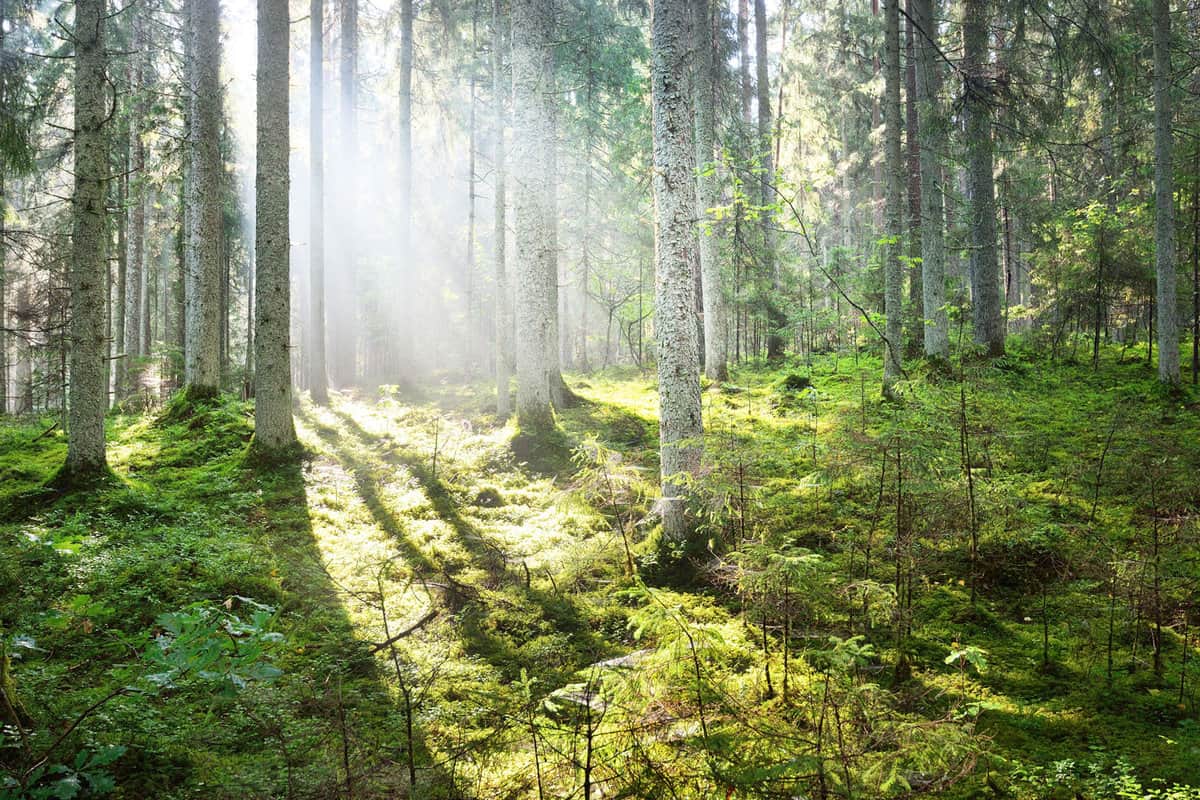
The following steps detail the process and can help you set the foundation for a thriving lawn, even in challenging conditions such as under a pine tree.
You might also like: What To Plant Under Redbud Trees [Flowers, Grass, & More!]
Choose the Right Soil Type
Having the right soil type for grass growth is essential, especially under a pine tree.
Pine tree roots tend to go deep, which means the soil should be well-draining and able to support the roots of shallow-rooted grasses. Sandy or loamy soils can work well in this situation.
Test the Soil pH
It is important to test the soil's pH, as most grasses prefer a pH between 5.5 and 6.5.

Pine trees can make the soil acidic, so it's essential to balance the pH and make it suitable for grass growth. Regular testing ensures proper soil conditions for healthy grass.
Improve Soil Drainage
Good soil drainage is necessary to support grass growth, as waterlogged soil can lead to root rot or inhibit grass root penetration.

Adding sand to the soil can help improve drainage, but be cautious not to overdo it, as that can make the soil too dry.
Tips for improving soil drainage:
- Add organic matter like compost, which can help improve soil structure and drainage.
- Create a gentle slope to help excess water runoff away from the grass area.
Add Suitable Soil Amendments
It may be necessary to add soil amendments to create a healthier environment for grass growth.
Lime can be added to neutralize soil acidity, while slow-release granular fertilizers provide essential nutrients for the grass.
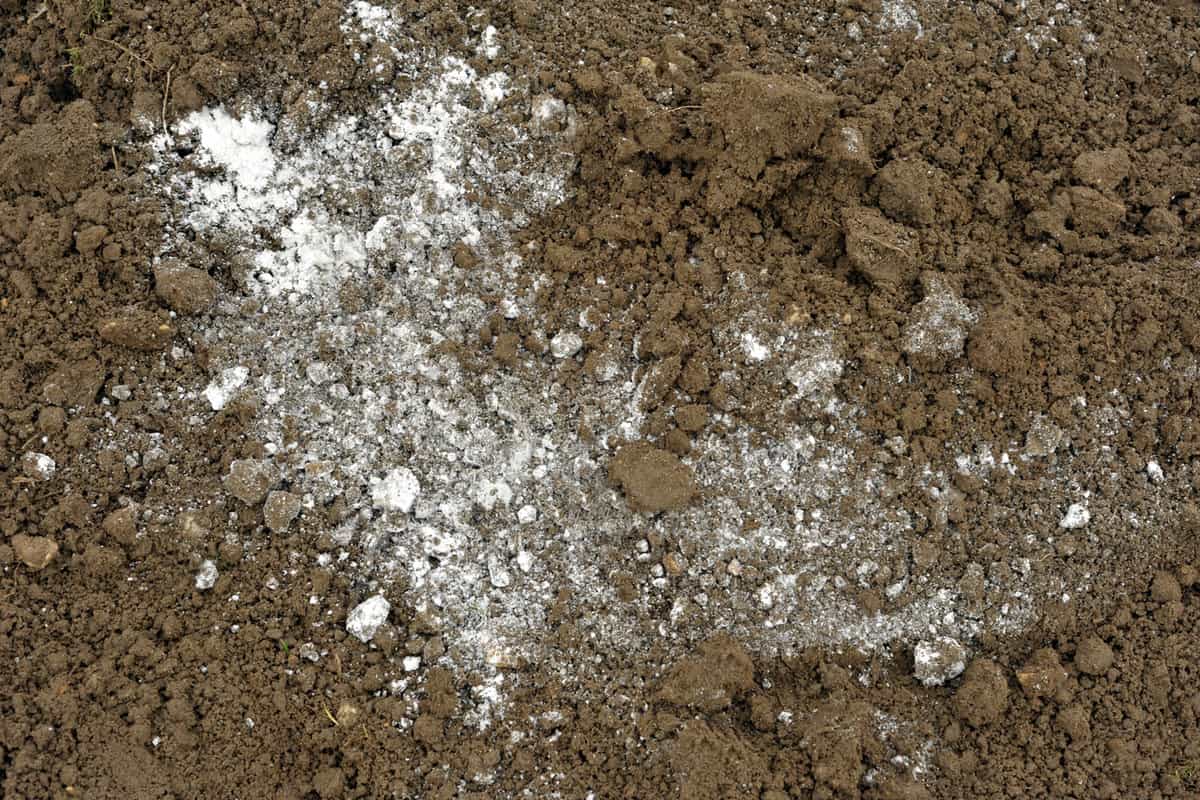
Select amendments based on the soil conditions and requirements of the specific grass variety you're planning to grow.
Remember to monitor the soil conditions regularly, and adjust as needed to ensure the ongoing health and growth of the grass under your pine tree.
Related: How to Get Rid of Pine Needles on Grass: The Best Methods for a Pristine Lawn
Selecting the Appropriate Grass Species
Growing grass under a pine tree requires special consideration when it comes to the type of grass to plant.
In this section, we will discuss the factors to consider such as shade, grass types, and climate tolerances.
Consider Pine Tree Shade
Pine trees can cast a significant amount of shade on the ground below. This means that the area under the pine tree is likely to receive less sunlight compared to open areas.
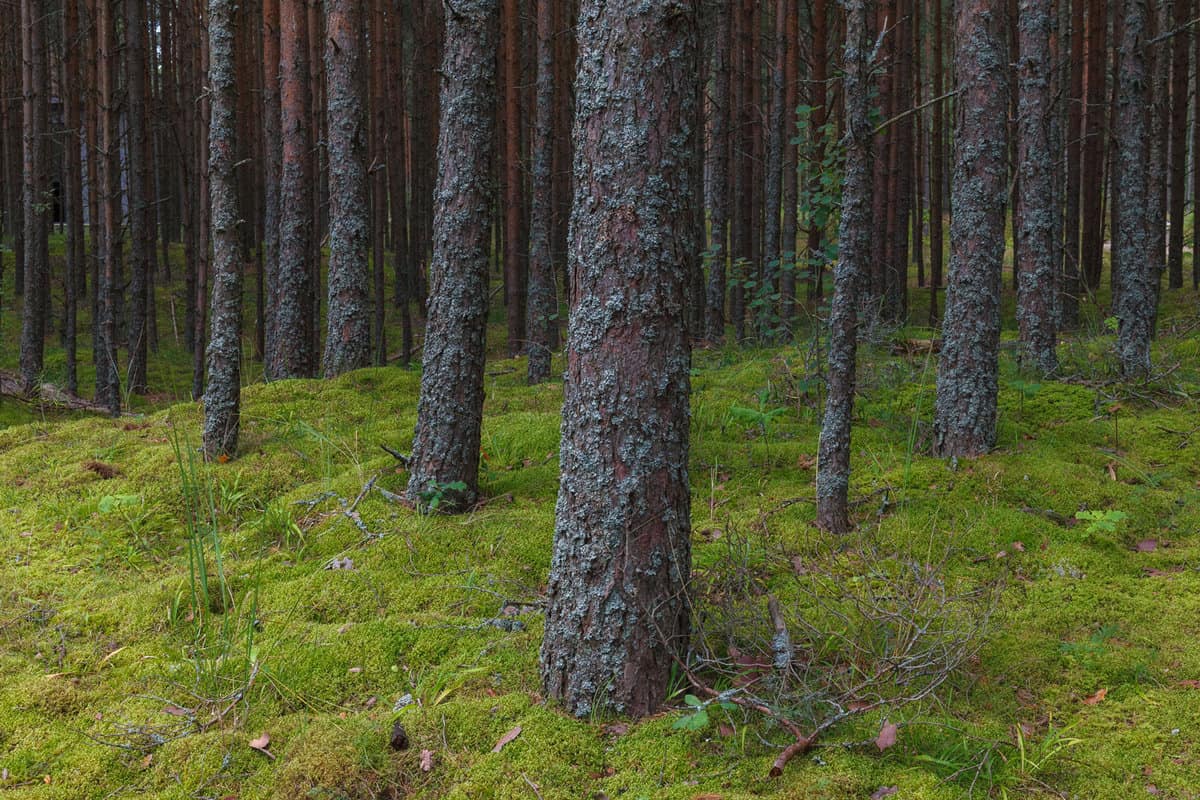
When selecting a grass species, it's crucial to choose shade-tolerant varieties. Some grass species, like fescue, have a good shade tolerance.
However, grass species like Bermuda, zoysia, and centipede may also grow well in the southern zone.
Evaluate Grass Types
There are multiple types of grass available, each with its own characteristics and applicability.
For example, Ryegrass is known for its ability to grow well in shady areas, making it suitable for growing under pine trees.

When selecting a grass species, consider your specific needs and preferences such as texture, color, and growth rate.
Here are a few shade-tolerant grass species to consider:
- Fescue: Hardy and shade-tolerant, fescue is a cool-season grass that can adapt to a variety of soil conditions.
- Ryegrass: Known for its quick establishment and shade tolerance, Ryegrass is well-suited for growing under pine trees.
- Kentucky Bluegrass: Although not as shade-tolerant as fescue or ryegrass, Kentucky bluegrass can still grow under partially shaded conditions.
Climate Tolerance
When selecting a grass species, climate tolerance is another essential factor to consider.
Some grass species have a higher tolerance for different climate conditions, while others may struggle to survive in certain environments.

It's essential to choose a grass species that can thrive in the climate where the pine tree is located.
For instance, cool-season grasses like fescue and ryegrass are generally more tolerable of cooler climates, while warm-season grasses such as Bermuda, zoysia, and centipede perform well in warmer climates.
Knowing the specific climate requirements of each grass species will help increase the chances of successful grass growth under a pine tree.
You might also like: What Is The Best Way To Pick Up Pine Cones In The Yard?
Planting the Grass Seed
Sowing grass seed under a pine tree requires a careful approach. The conditions that favor the growth of a pine tree can prove challenging for grass due to factors such as shade and acidity.
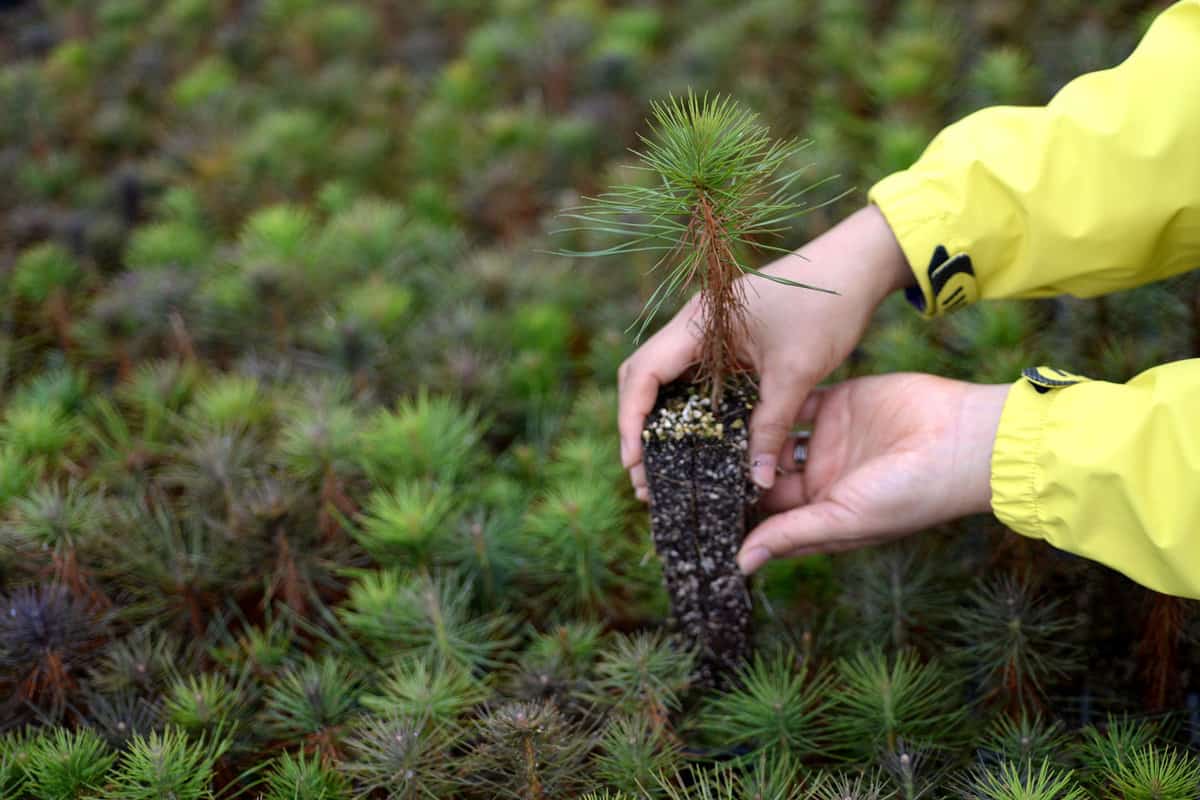
However, with the right timing, spacing, and care, you can successfully create a lush green cover under your pine tree.
Timing and Spacing
It's essential to choose the right time for planting grass seed under a pine tree.
The best time for sowing seeds is during early spring or early fall when the temperatures are more moderate, and there's sufficient rainfall.
Additionally, select shade-tolerant grass varieties like fescue seed that can thrive under the limited sunlight provided by the pine tree.
For optimum growth, spread the grass seed evenly by following the recommended spacing given on the seed package.
Proper spacing allows the grass to establish a healthy root system and prevents overcrowding, which can lead to poor growth and disease susceptibility.
Seed Broadcasting Technique
To ensure even distribution of the grass seed, use a broadcast spreader or handheld seed spreader.
Start by dividing the area under the pine tree into sections and calculating the amount of seed needed for each area based on the recommended seed rate.
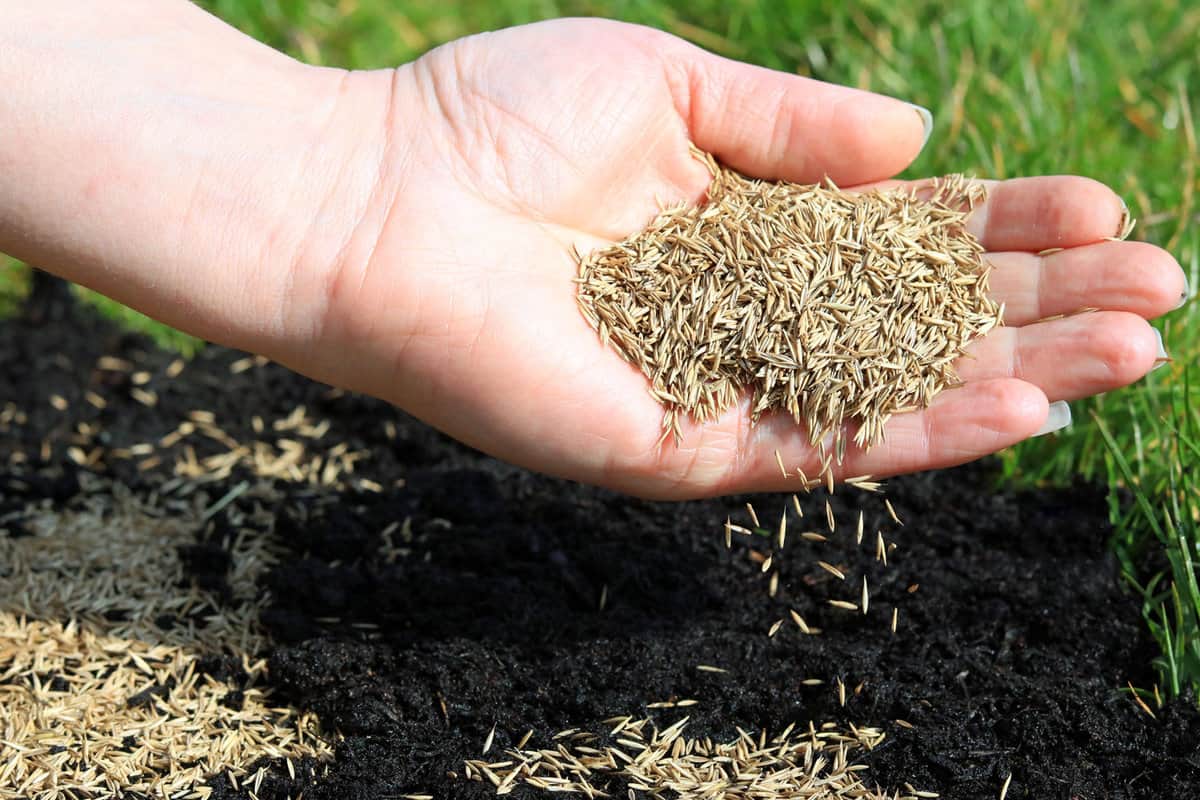
This helps maintain consistency and prevents over-seeding or under-seeding.
Fill the spreader with grass seed and adjust its settings to the recommended seeding rate.
Walk in a consistent pattern across the area, ensuring that the spreader is distributing the seed evenly.
It's also helpful to make a second pass in a perpendicular direction to improve seed distribution.
Watering After Seeding
Proper watering is crucial for grass seed germination and establishment under a pine tree.
After seeding, water the area lightly but consistently to keep the top layer of soil moist. Water deeply and irregularly for the first few weeks, taking care not to overwater and cause seed runoff or soil erosion.
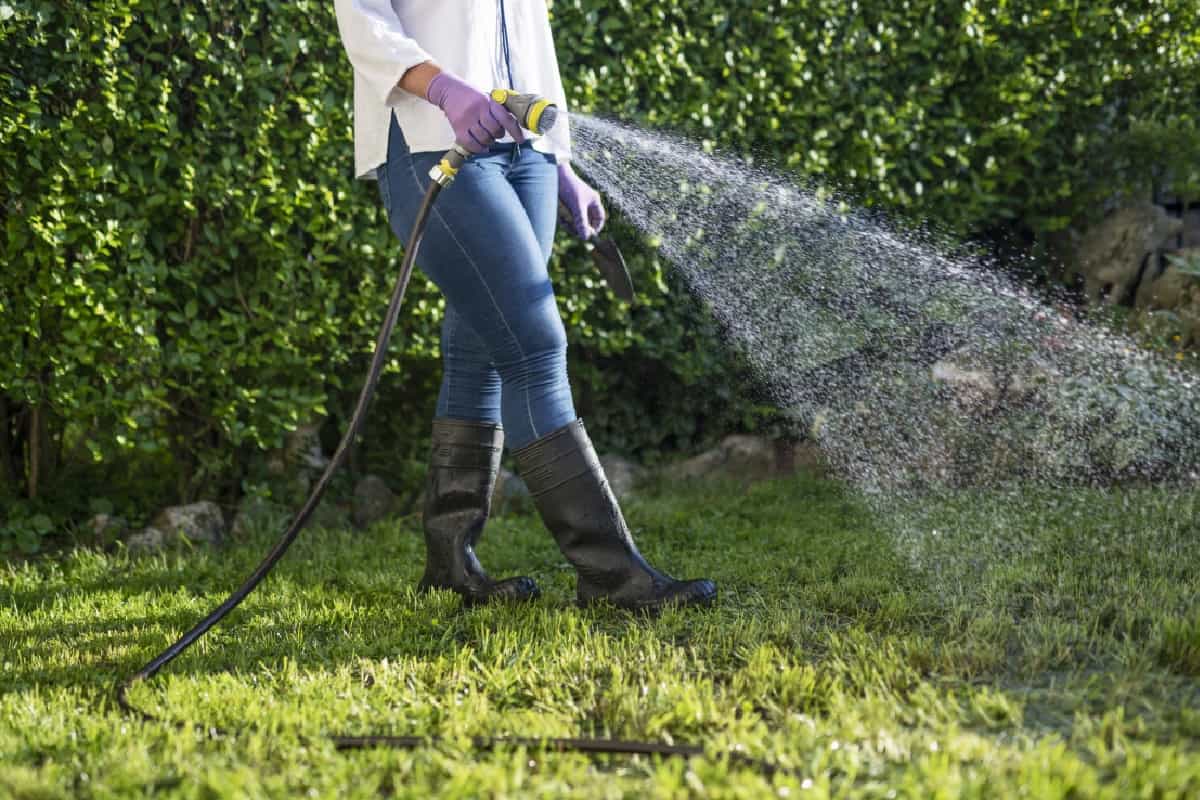
As the grass begins to grow, gradually reduce the frequency of watering to encourage deeper root growth.
Remember that pine trees have deep roots, which makes them efficient in their water use, so it's essential not to over-water the grass as it could negatively affect the pine tree's health.
Maintaining the Grass
Nurturing and maintaining a vibrant lawn under a pine tree involves several practices, from mowing and irrigation to pest control and proper fertilization.
Implementing these practices will help ensure a lush, healthy grass cover, adding a welcoming green touch to the shady space beneath your pine tree.
Mowing and Height Control
A crucial aspect of maintaining grass under a pine tree is proper mowing and height control. Regularly mow the grass, but make sure not to cut it too short.

Maintaining a higher grass height will ensure better shade tolerance and healthier grass growth.
Additionally, using sharp and properly adjusted mower blades will reduce the risk of damaging the grass.
Water and Irrigation
Regular watering is essential for the overall health of the grass. Make sure to provide adequate but not excessive amounts of water during dry periods.
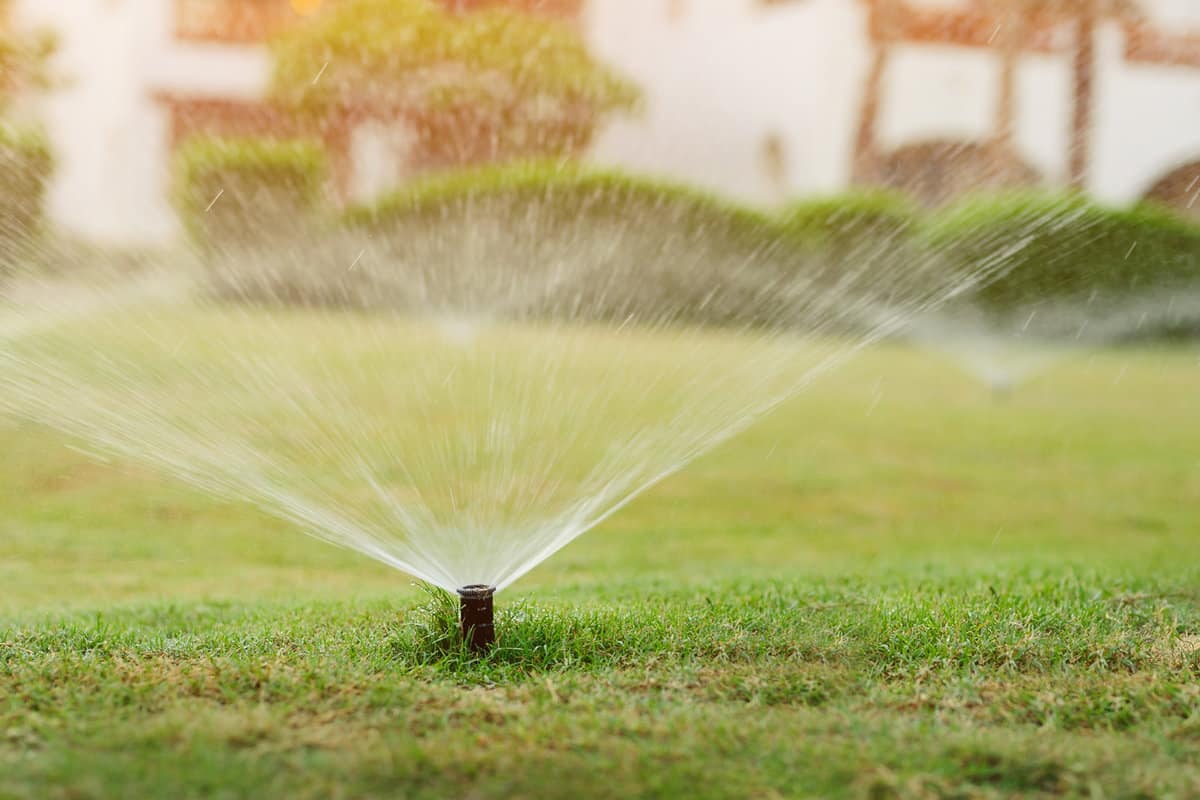
Pine trees are efficient in their water use, so a well-designed irrigation system will ensure the grass receives sufficient water without causing harm to the tree.
Monitor the soil moisture to avoid overwatering or underwatering the area.
Fertilizer Application
Applying the right type and amount of fertilizer is crucial for grass growth under a pine tree. It's best to use a slow-release, granular fertilizer that will help the nitrogen stay in the topsoil longer.
Make sure to test your soil pH and apply lime if necessary to neutralize the soil acidity.
Follow the manufacturer's recommendations for the correct fertilizer application rate and frequency.
Related: The Role of Fertilizer in Your Garden
Pest and Disease Management
Keeping an eye out for pests and diseases is essential for maintaining the health of grass under a pine tree. Regularly inspect the area for any signs of insect infestations or fungal diseases.
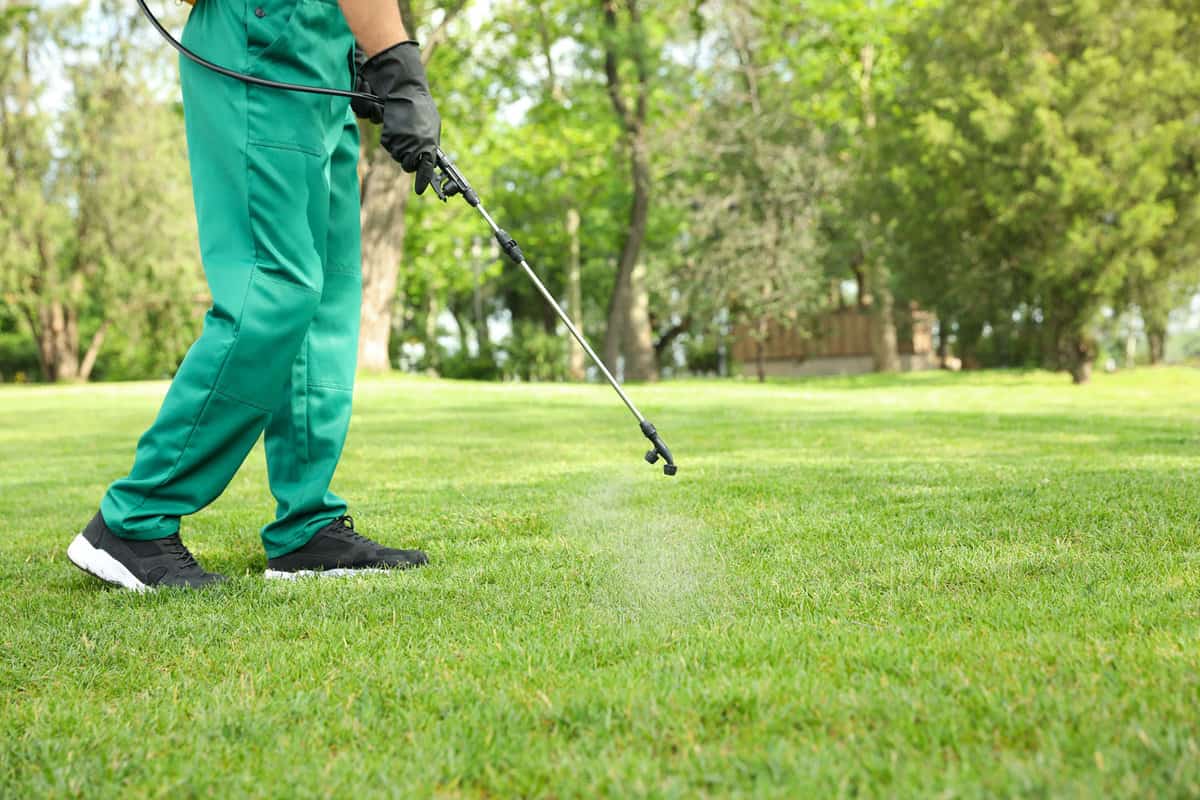
In case of any issues, use appropriate treatments such as organic or chemical pesticides and fungicides.
Make sure to follow label instructions carefully, as misuse can cause harm to both the grass and the pine tree.
In Closing
Growing grass under a pine tree can be achievable by following the right steps and paying attention to essential factors.
By adhering to these tips, the challenge of growing grass under a pine tree can be overcome and lead to a healthy, thriving lawn that improves the aesthetic appeal of a landscape.
